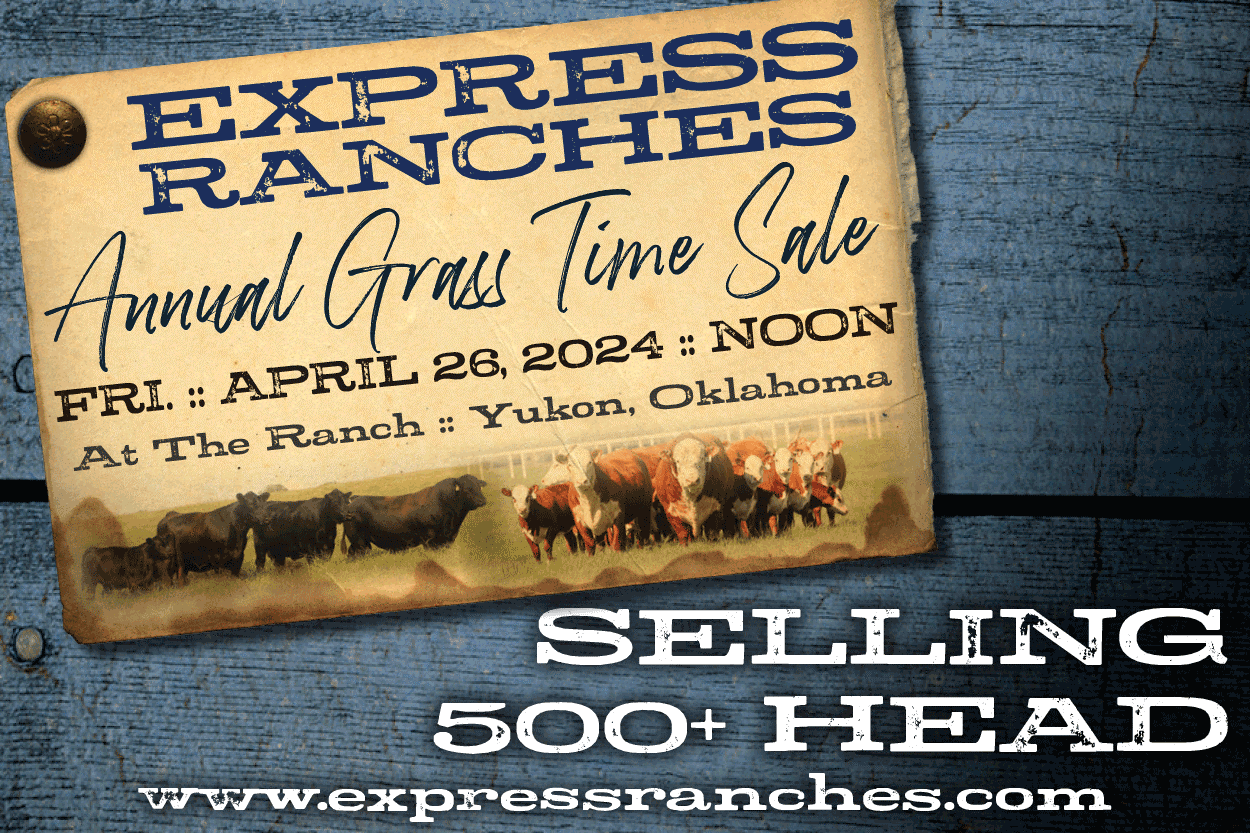
Agricultural News
Peel Evaluates Feeder Prices and Fall Grazing Prospects
Mon, 10 Aug 2015 10:09:14 CDT

Derrell S. Peel, Oklahoma State University Extension Livestock Marketing Specialist, writes in the latest Cow/Calf Corner newsletter.
Oklahoma feeder cattle prices are currently at about the same level as this time last year. The difference is that cattle prices increased steadily last year and were on the way up. Hot dry weather in July and August this year has pulled feeder cattle prices seasonally lower from peaks in May and June. Prices for calves less than 500 pounds are roughly 6-7 percent lower than May peaks and prices for feeder cattle over 700 pound are down 4-5 percent from June peaks. In between, feeders between 500 and 600 pounds are experiencing a bit of a hole and are currently down 11-14 percent. Feeder markets, along with fed cattle and boxed beef, appear to have bottomed for the summer and increased slightly the past week.
Despite the hot, dry weather currently in place in Oklahoma, soil moisture conditions are good and prospects for early planted wheat for grazing are favorable. Wheat stocker producers will begin planting wheat for fall and winter grazing in the next month and are no doubt already evaluating the budget prospects for winter stockers. For most of the summer, the value of added weight gain on feeder cattle has been very good. Prices for heavy feeders have remained relatively strong compared to lightweight cattle. For example, the price of medium/large, number 1 steers in Oklahoma last week was $262.57/cwt. for 500 pound steers and $220.27/cwt. for 750 pound steers. The resulting value of 250 pounds of gain is $1.36/lb. At current price levels, stocker production has attractive margin potential.
Of course, at this point is it not clear what stocker calves will cost this fall nor what feeder prices will be at the end of winter wheat grazing around March 1. Calf prices typically decrease seasonally into November (five percent down from current levels would be typical in Oklahoma) but strong wheat pasture demand may limit seasonal calf price decreases, at least in the early fall.
A bigger challenge is to anticipate feeder cattle prices next spring. The broader cattle market conditions indicate that feeder cattle supplies will build over time and feeder prices will begin eroding somewhat in 2016. March Feeder Futures are currently trading at about $198/cwt. and with historical basis levels suggest a February/March price for 750 pound steers in Oklahoma of roughly $200/cwt. This is significantly lower than the current price of $220/cwt. and makes stocker budgets much less attractive. However, feeder cattle basis has been variable and unpredictable for many months with feeder futures often discounted to cash markets resulting in strong basis relative to historical averages. For example, the 2015 February basis for 700-800 pound steers (Oklahoma) was about $10/cwt. above average levels while the March basis was close to average levels. Risk management will be more important in the coming months but is challenging due to basis uncertainty.
Feeder markets will transition from tight feeder supplies to growing supplies over the next year or more and prices may be more variable. Feeder cattle markets are likely to remain very dynamic this fall and stocker production plans should be evaluated and updated frequently. Feeder price adjustments may be unequal across cattle weights and by quality and gender, like the example of the current weakness in five-weight steer prices relative to prices for other feeder weights. Stocker producers should evaluate buying opportunities and production possibilities over as wide a range as possible of animal weights, quality and gender.
WebReadyTM Powered by WireReady® NSI
Top Agricultural News
More Headlines...



















